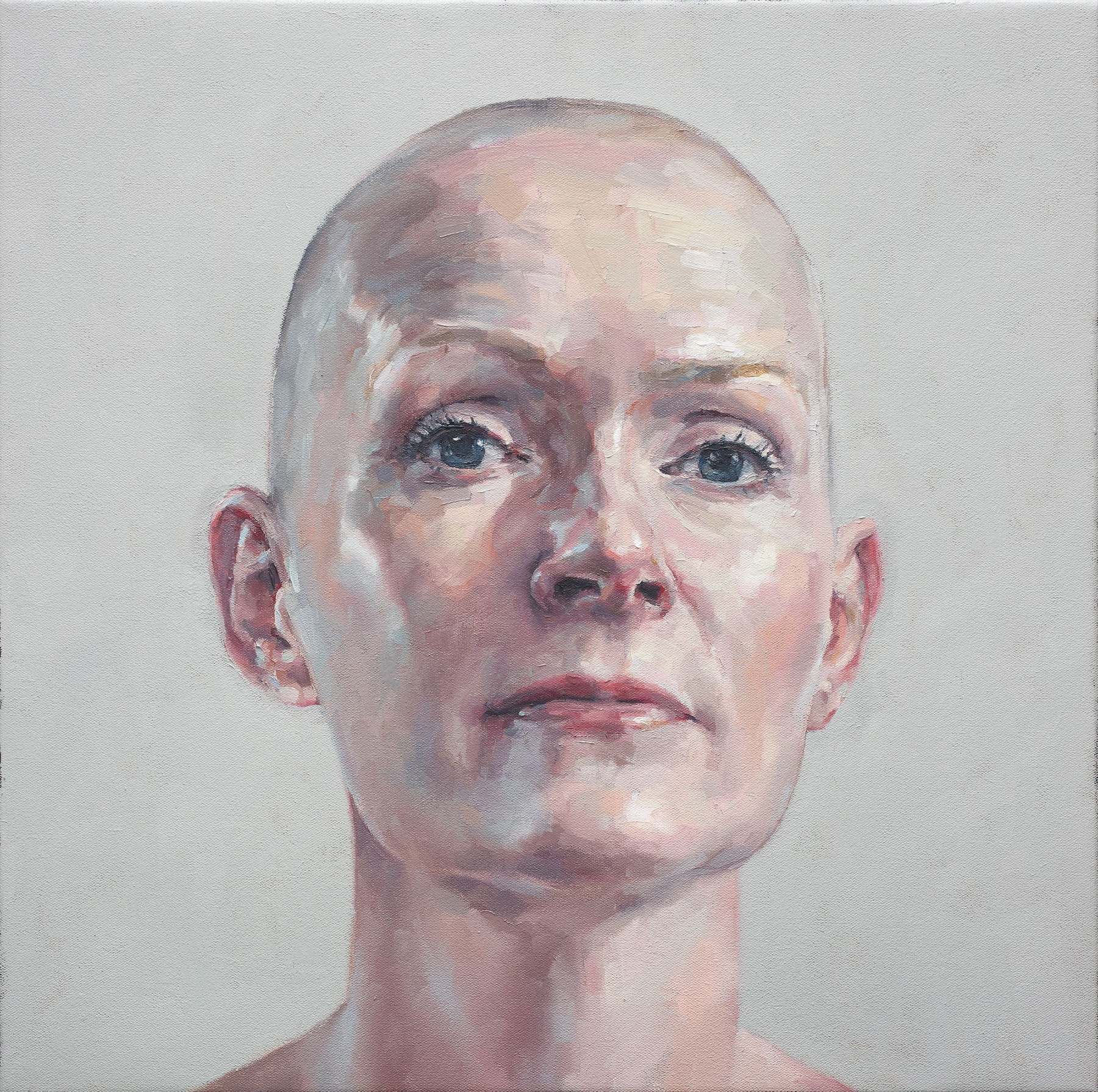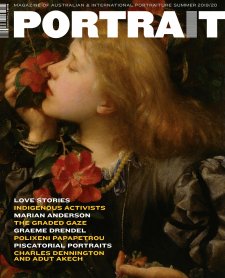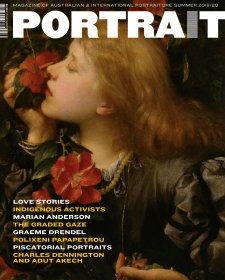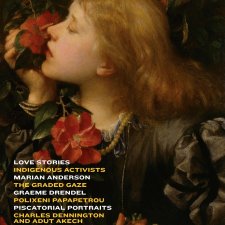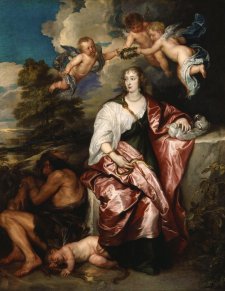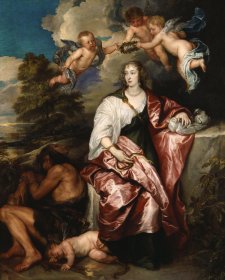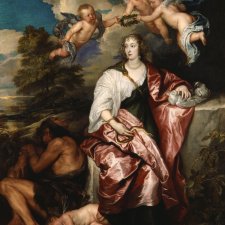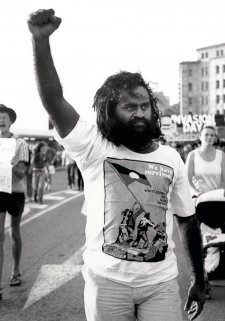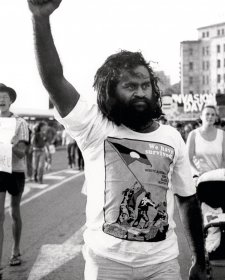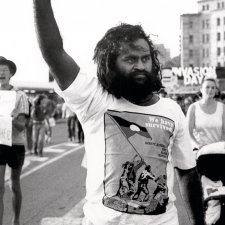I have always loved portraits; there is something magical about the combination of the terrain of a face, the angle of a head, and the pose of a body. If the portrait is painted, it really brings the painter into the equation. How have they interpreted the person? Have they concentrated on a likeness, or the drama, the composition? Does it go beyond the mere visual representation of the subject? What does it say about their character? There are so many variables in the painted genre.
I have painted Tarragh Cunningham (my partner of 26 years) many times, but when she shaved her head for charity she was someone new, thus a new portrait was required. To look at her without her usually fashion-conscious hair felt intimate. She appeared somewhat exposed and slightly vulnerable, but at the same time she carried herself with a palpable confidence. Tarragh has a perfectly proportioned head, and her face beamed without the distraction of hair.
The initial sitting went well, with the painting falling together quite easily. I didn’t think about it much for a week or so, then came back to it on a whim (this is not typical of my practice which usually entails finishing a painting in a single session).
With some sketches and a few photos of Tarragh I developed the picture further. I found the wider range of tone and colour from the new palette gave the painting more depth, and I tightened some of the form. I used a smaller brush than I usually do, the painting itself pulling me in a certain direction. It is satisfying when you find, upon reflection, that a portrait has captured inherent qualities of the subject that surpass the original intention of the piece.
Some of the intangible qualities that I most admire in Tarragh are suggested in the paint. I see a generous mother, a proud person and a defiant woman, captured in the process of looking at someone familiar in a new way. A way that can only happen in a painted portrait.
